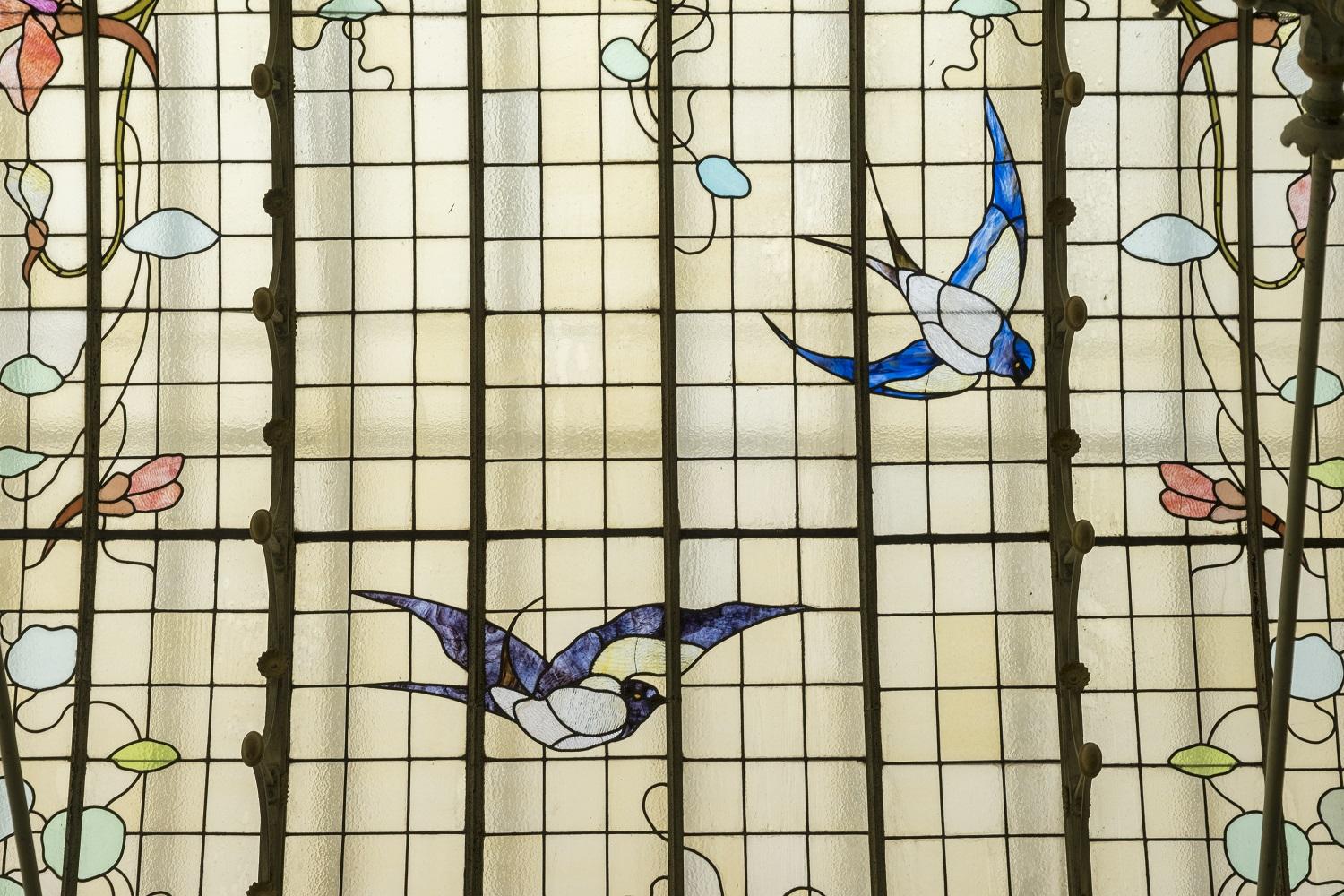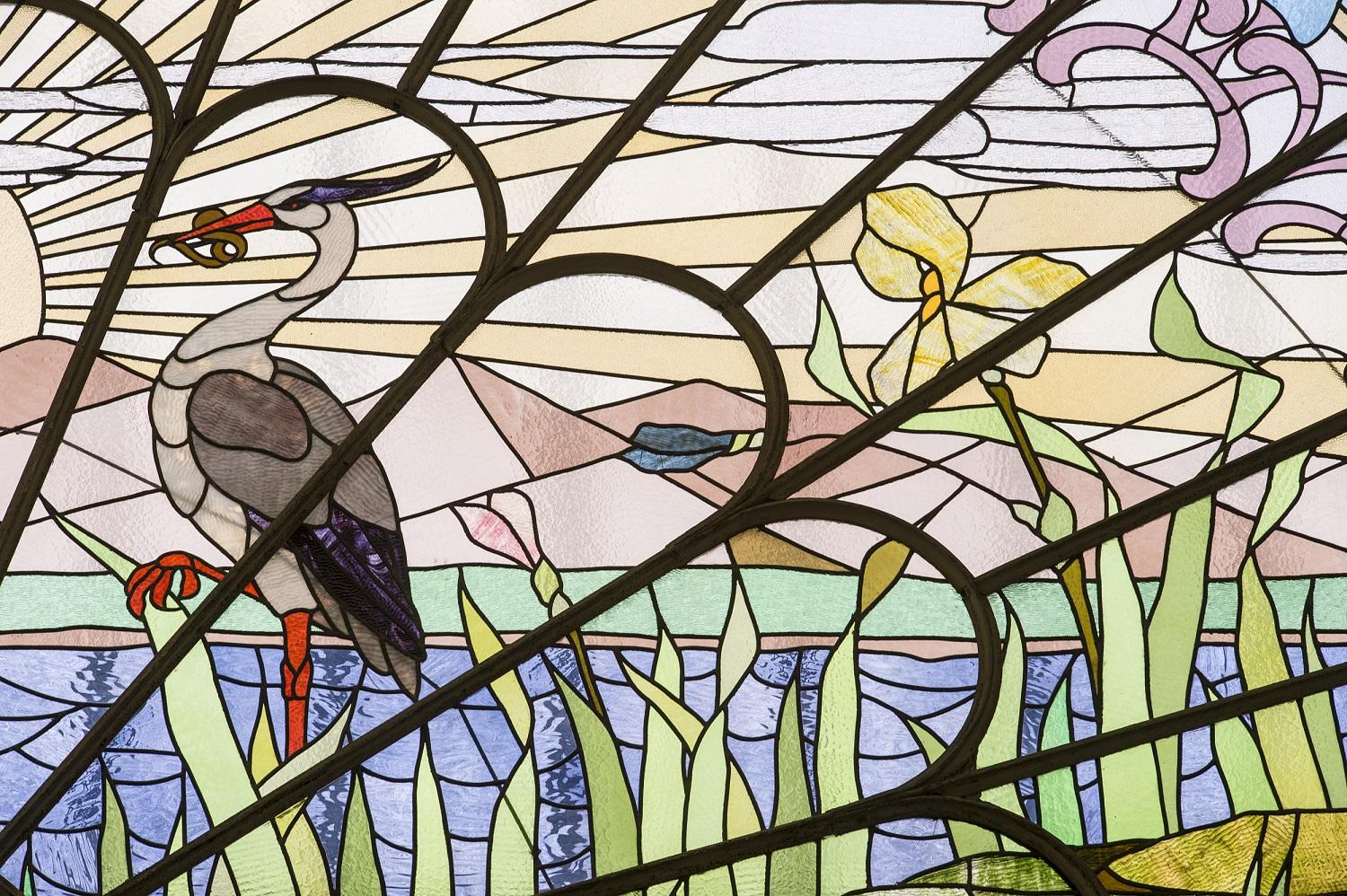Art nouveau

Influential art movement
Art nouveau, also known as ‘Jugendstil’ (German), ‘nieuwe kunst’ (Dutch), ‘Modernismo’ and ‘Stile Liberty’ (Italian), was an influential art movement that spread across Europe in the late nineteenth and early twentieth century. The style was characterized by organic forms inspired by nature and its commitment to innovation in art and architecture. Art nouveau symbolized a desire for freedom and creativity.
Expressive lines and elegant ornaments
One of the most striking features of art nouveau is its use of organic shapes, lines and ornaments derived from animals, plants and flowers. The movement encompassed several disciplines, including architecture, painting, graphic design and applied art. Stained-glass windows, curved ironwork, detailed mosaics and tiling were common elements in the architecture of the time.


Art nouveau in Belgium
The movement spread rapidly across Europe, each region developing its own unique interpretation of the style. Spanish architect Antoni Gaudí incorporated lavish ornamentation in his buildings while Frenchman Hector Guimard gained worldwide fame for his designs for the Paris Metro. In Belgium, art nouveau was particularly influential, with such famous names as Victor Horta, Henry van de Velde and Paul Hankar designing beautiful buildings and furniture pieces in this style. The emphasis was on the harmony between art and craft, leading to the creation of breathtaking interiors and decorative objects.
(Picture: © Archieven van het Hortamuseum, Sint-Gillis)
A Winter Garden in art-nouveau style
It is remarkable that the sisters chose the art-nouveau style when building the Winter Garden, as the Catholic Church at the time usually preferred neo-Gothic or a more neutral style. The reason is that the sisters mainly wanted to attract daughters of wealthy progressive Catholic families. Those families were charmed precisely by the elegant and modern art movement represented by the art-nouveau style.


Contemporary interest
Today, the art movement is still admired for its elegance and originality. Many of the buildings and artworks from this period continue to attract a lot of enthusiasts.
The Winter Garden of the Ursuline Sisters in Onze-Lieve-Vrouw-Waver is an exceptional early suburban and internationally acclaimed example of the art-nouveau style. It offers visitors the chance to experience the beauty of this art movement first-hand.